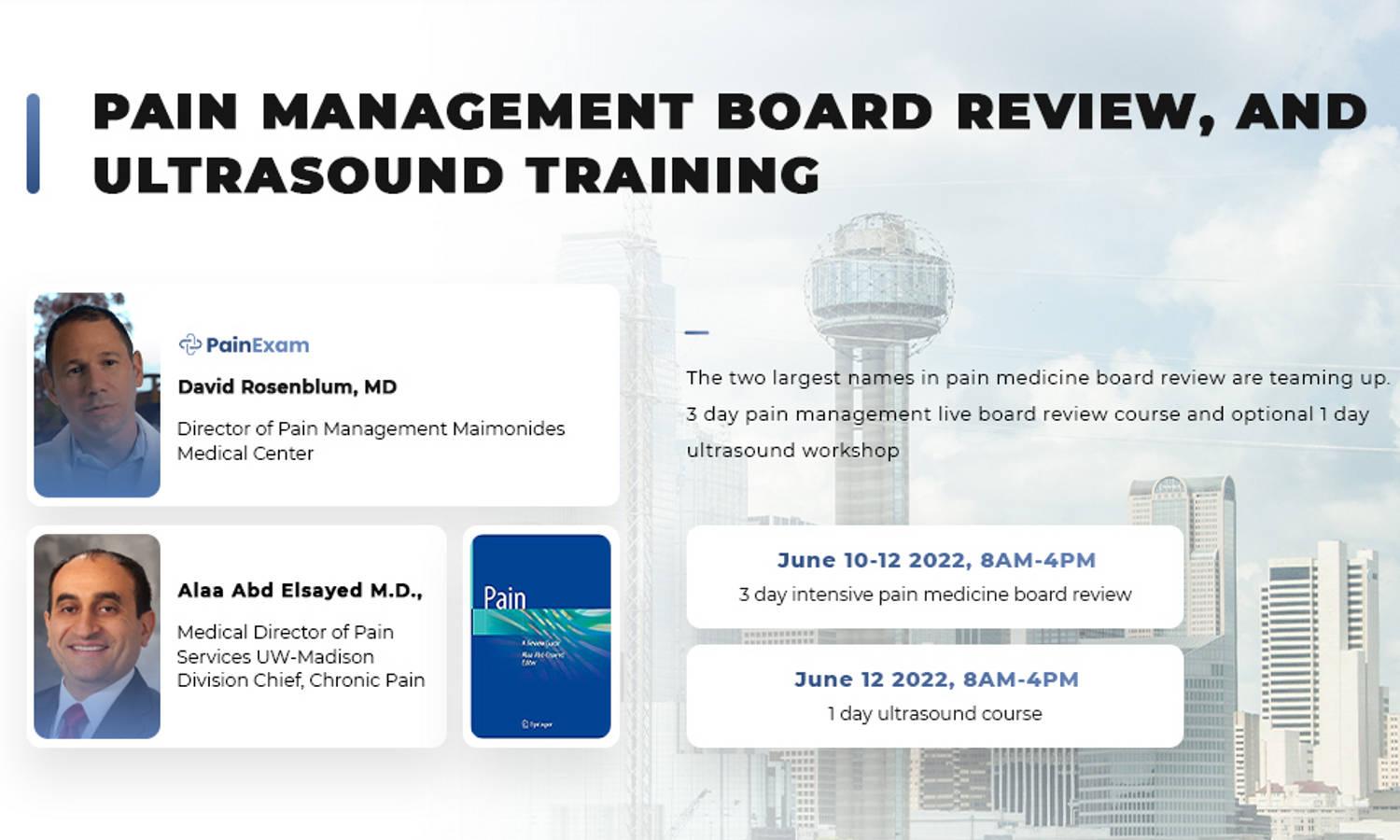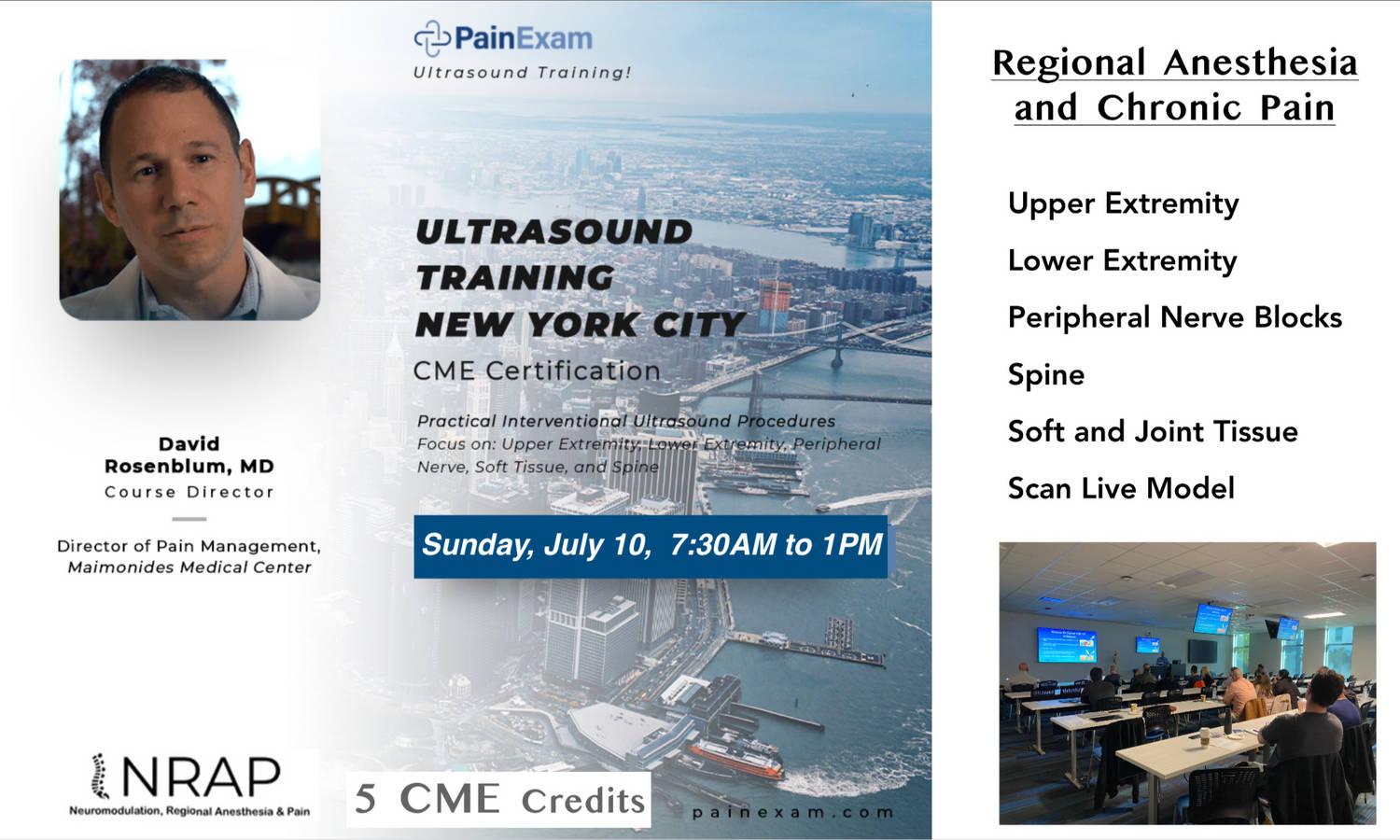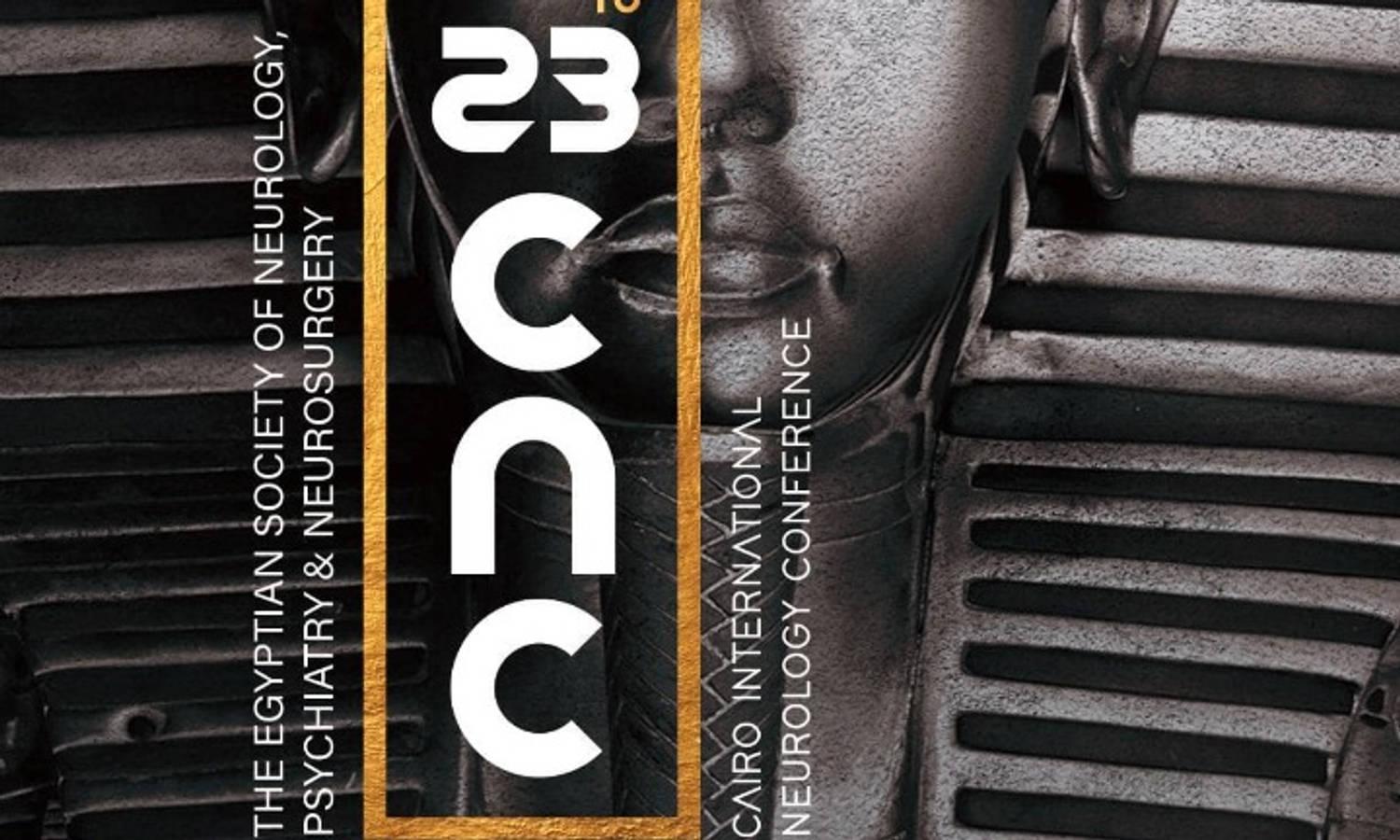
Treatment Planning & Functional Occlusion Course (Nov 18 - 22, 2024)
 hosted byKois Center, LLC
hosted byKois Center, LLCTreatment Planning & Functional Occlusion Course is organized by Kois Center, LLC and will be held from Nov 18 - 22, 2024 at Kois Center LLC, Seattle, Washington, United States of America.
Description:
Treatment Planning is a unique program designed to empower and enlighten every participant and inspire confidence in diagnosis and treatment planning with predictable outcomes. Be prepared to confidently implement the skills and concepts for predictable management of patients immediately following the course.
The move from single tooth dentistry to comprehensive care requires a great understanding of risk factors and the ability to manage them effectively. The comprehensive examination— the initial patient engagement—focuses the clinician and patient on the variables most likely to ensure a predictable and excellent outcome. The comprehensive examination will be carefully examined to help you understand it’s most diagnostically useful elements, including an insightful look at the medical and dental history, how to better account for patient’s agendas and expectations, intelligent use of radiographic and photographic documentation, and periodontal, biomechanical, functional and dentofacial presentations. These keys to decision-making set the stage for both the immediate issues and a more long-term focus on predictable treatment outcomes.
Understanding and managing functional occlusion is essential to the long-term stability of restorative dentistry. Successful occlusal management must incorporate a range of important considerations, from force management to laboratory and articulator management, to patient psychology, neurology and pharmacology. With the myriad of opinions and approaches that exist within the dental profession, managing occlusion can be a daunting responsibility.
Functional Occlusion will provide you with a practical understanding of the masticatory system and teach you to utilize your laboratory technicians, office team, innovative technology and the dental articulator to predictably manage occlusion. You will be introduced to accessible methods which are scientifically researched, evidence-based and clinically proven.
Course Objectives:
• Learn how to incorporate a comprehensive examination and systematic treatment planning into your patient care.
• Learn why Dr. Kois’ treatment planning system and simplified diagnostic opinion can build your knowledge base dramatically and increase confidence in your ability to plan treatment and create more predictable outcomes.
• Learn how to recognize, assess and account for risk using a protocol that evaluates periodontal, biomechanical, functional and dentofacial issues.
• Learn how to transfer the four diagnostic parameters into treatment plans and sequences that will minimize risk and maximize long-term success.
• Learn how to engage the patient in understanding their condition so they may participate more fully in their own care.
• Gain a clear understanding of Maximum Intercuspal Position, Centric Relation and Centric Occlusion.
• Learn to ask key questions related to Occlusion in the Dental History form and how to interpret the answers.
• Learn a classification and risk assessment system of normal and abnormal attrition of teeth, including: Acceptable Function, Frictional Chewing Pattern, Constricted Chewing Pattern, Occlusal Dysfunction, Parafunction, and Neurological Disorder.
• Learn how and when to use the Kois Deprogrammer and other centric relation recording devices. You will work with your fellow participants to fabricate, deliver and experience your own Kois Deprogrammer.
• Learn how to mount models on the Panadent articulator using the Kois Dento-Facial Analyzer and to incorporate improved refinements on traditional methods.
• Understand a new, simplified terminology for occlusal management: The “Three P’s”- Position, Place and Pathway.
• Understand that, as a result of insight into the way humans chew, the concept of Anterior Guidance is no longer valid.
• Be prepared to confidently implement the skills and concepts for predictable management of patients immediately following the course.
Additional details will be posted as soon as information is available.









